un-flattened: https://bark.lgbt/@nycki/114124564236298145
nycki
I'm a huge fan of Mice Tea (nsfw), it's more comic than game (it's actually a choose-your-own-adventure) but I read it on my Deck <3
It's an erotic romance about a nerdy girl, a bookstore, and some magic tea that turns you into a furry. Tons of literal and metaphorical aftercare.
this is my sticking point with fish. I still need to know bash for writing portable scripts, so its hard to justify scripting in fish.
woah this is amazing!!! how do i subscribe to you?!
I still use firefox despite their questionable leadership, for one major reason: it prevents Google from setting whatever web standards they want. Sites that aren't standards compliant will usually still work in Chromium-based browsers, but they will break in Firefox, and then I can report the bugs.
The thing that sold me on the Steam Deck: mods. Mods for minecraft, mods for skyrim, mods for stardew valley, mods for SteamOS itself. I can customize it like no other console, and I don't even need to hack it first.
Not enough people seem to get that the Steam Deck isn't just a console that runs PC games, it's also a console that runs mods. The first games I played on mine didn't stretch its graphical capabilities, they were just games like Stardew and Minecraft that I could have played on the Switch, but only on the Steam Deck could I play them my way.
maybe something like a Raspberry Pi and set him up with html? html and js is still a great way to learn, you get immediate feedback!
yes there are and yes they do! actually that's the sole reason I decided to get textured vinyl instead of smooth, I like the touchpads being a bit textured.
the good news is that they made a TON of them and you can pick one up in working condition for like $50 on ebay still.
agreed, i prefer third party docks to the official one, especially if you want to put a silicone case on your deck.

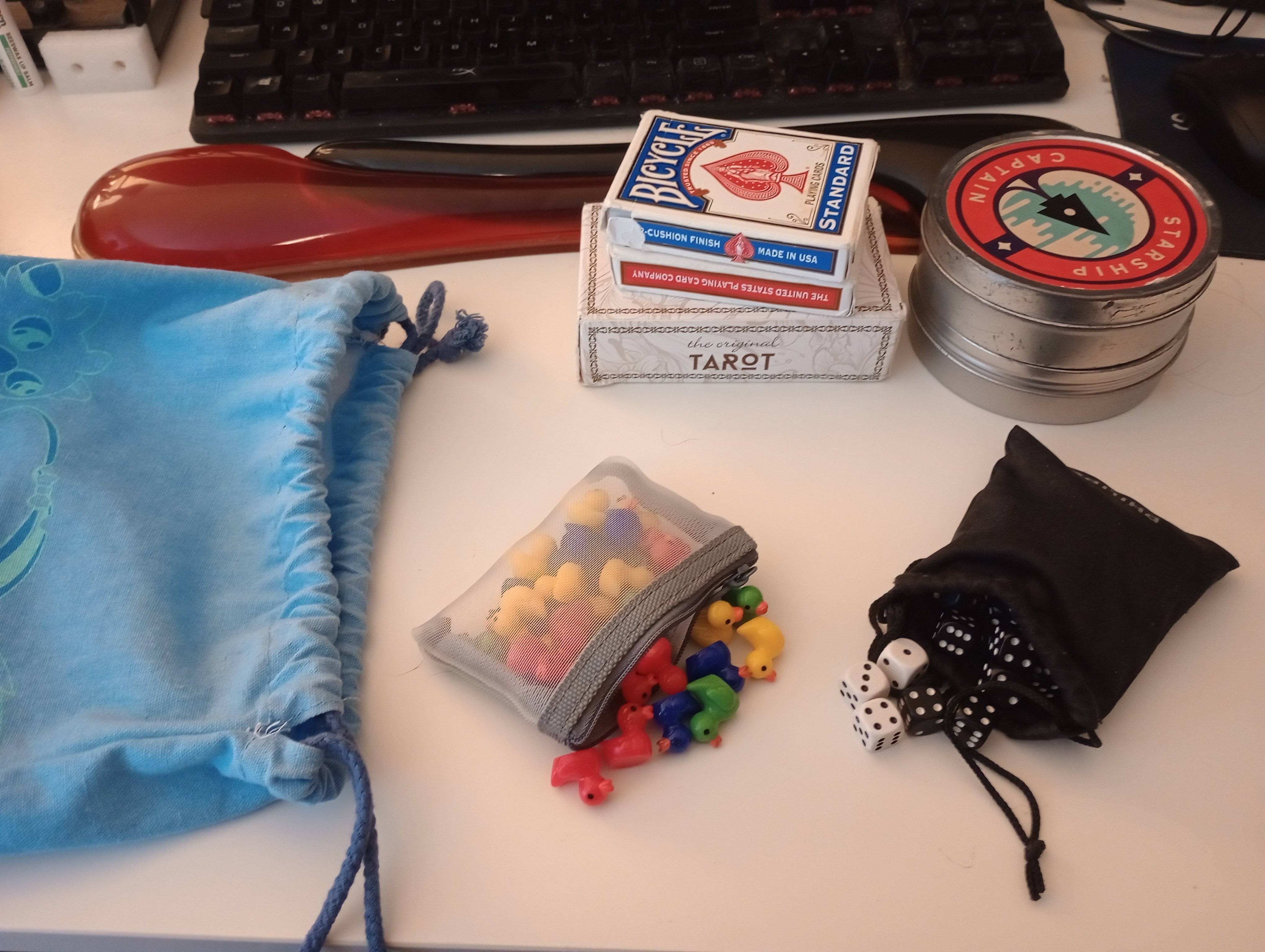

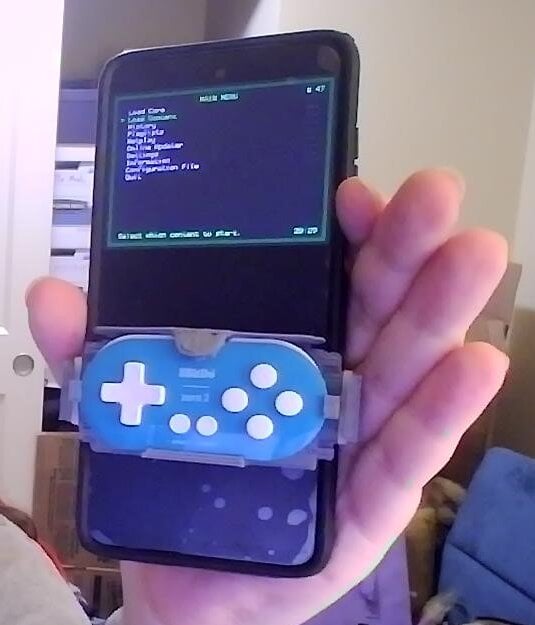
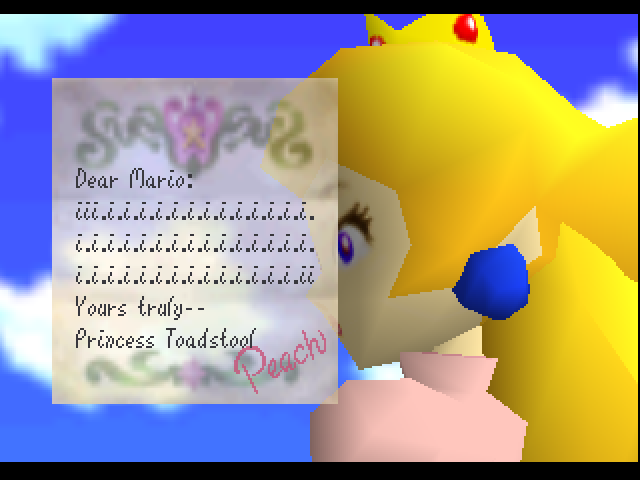
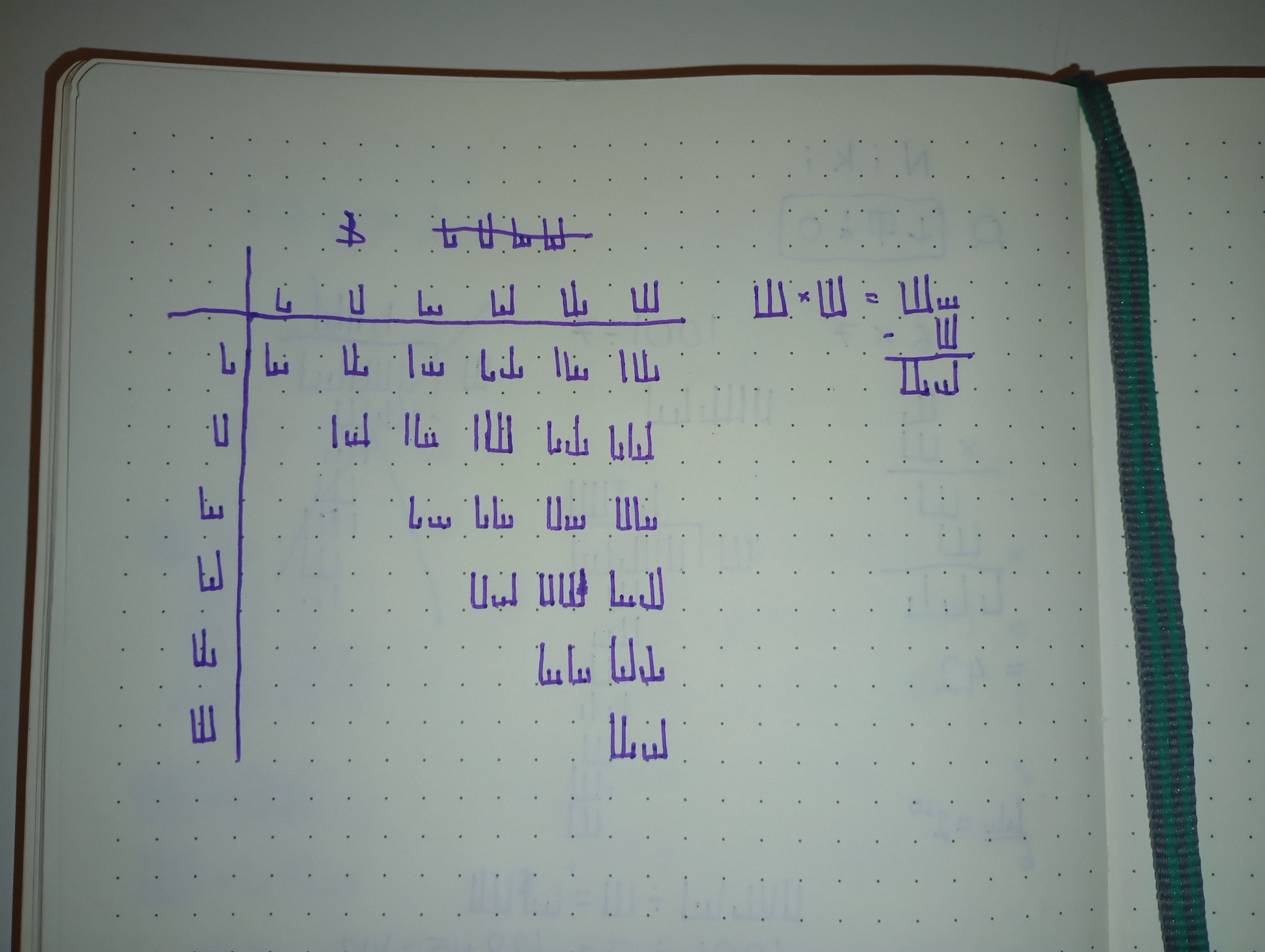
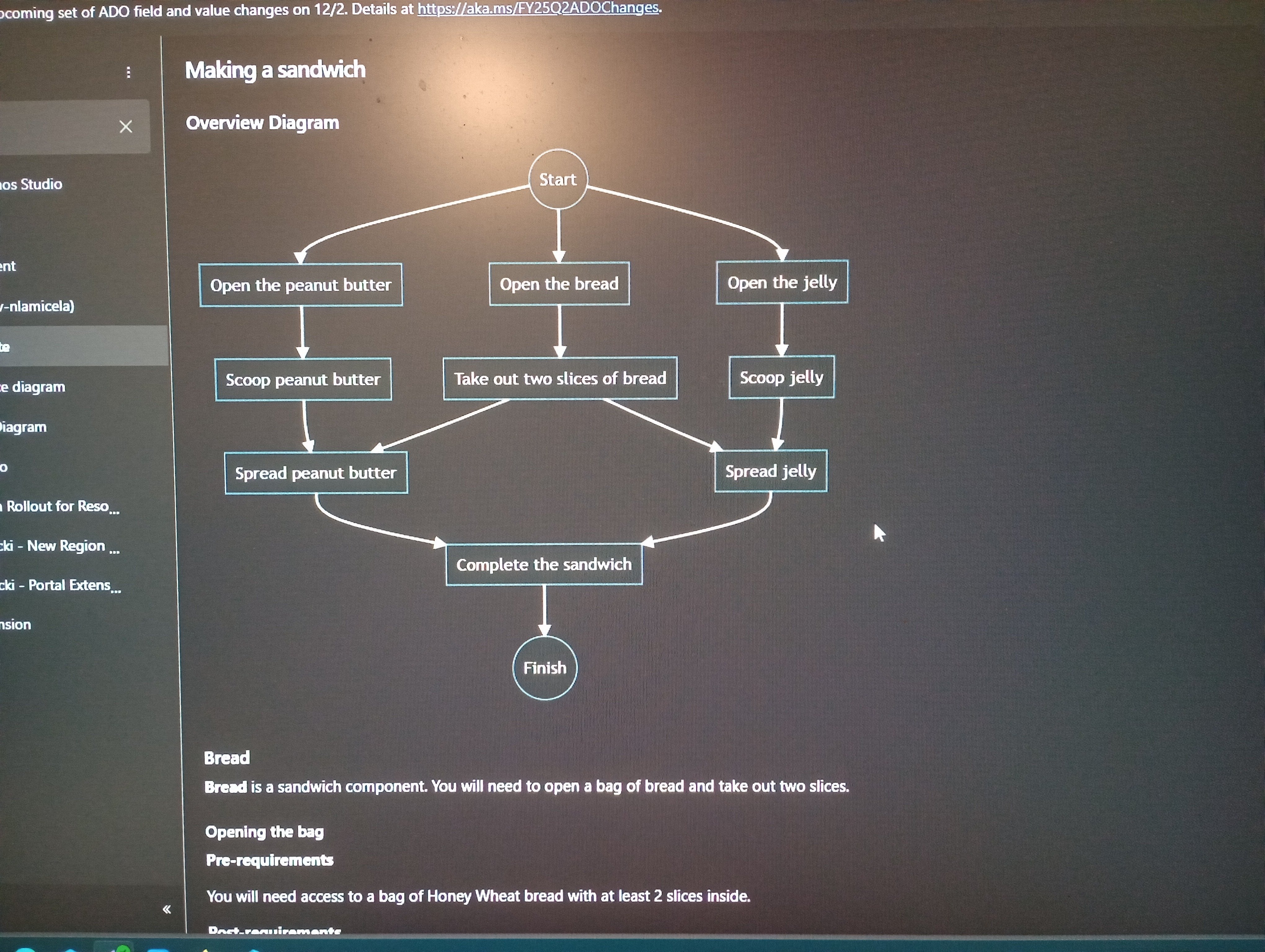
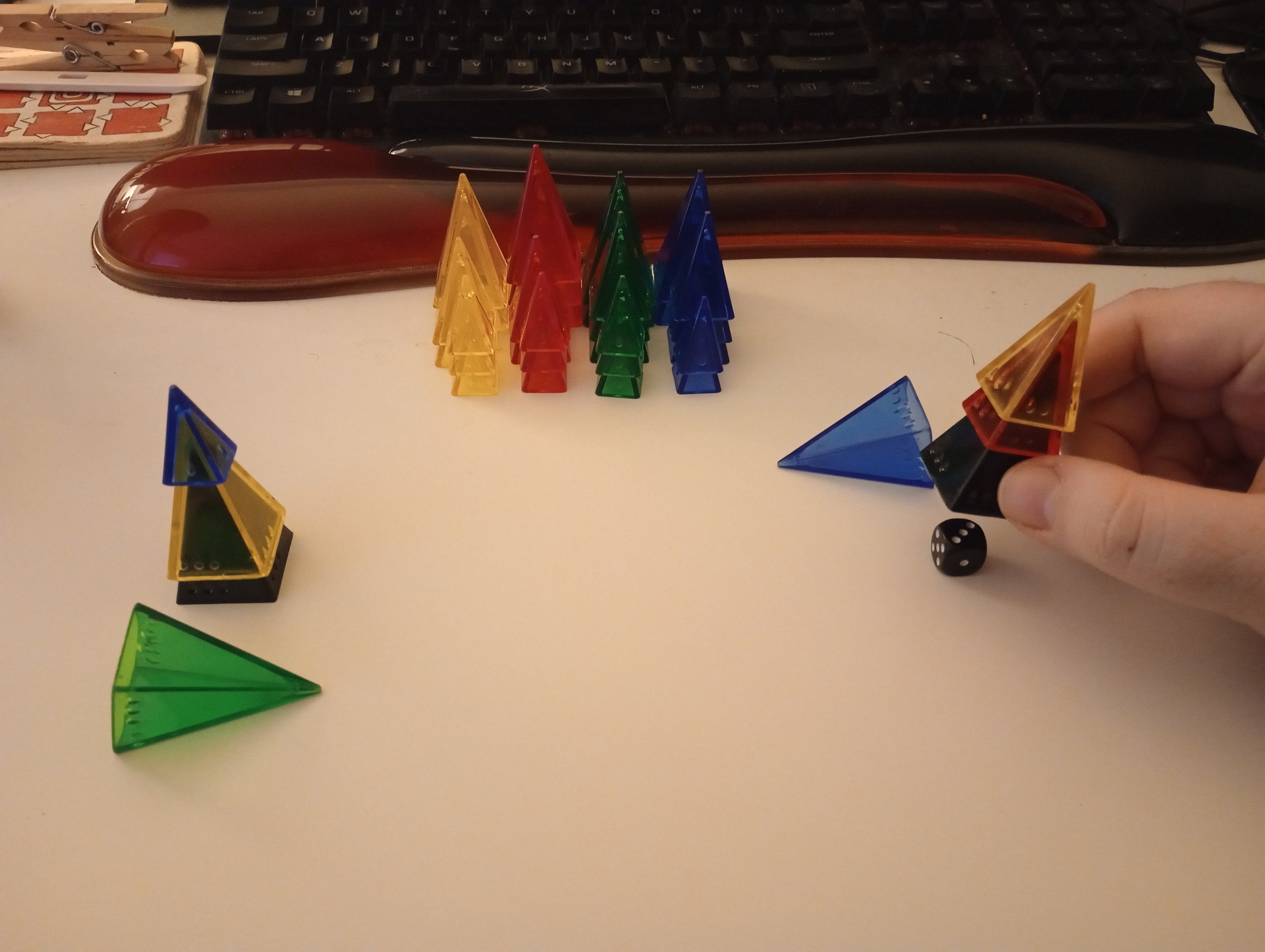
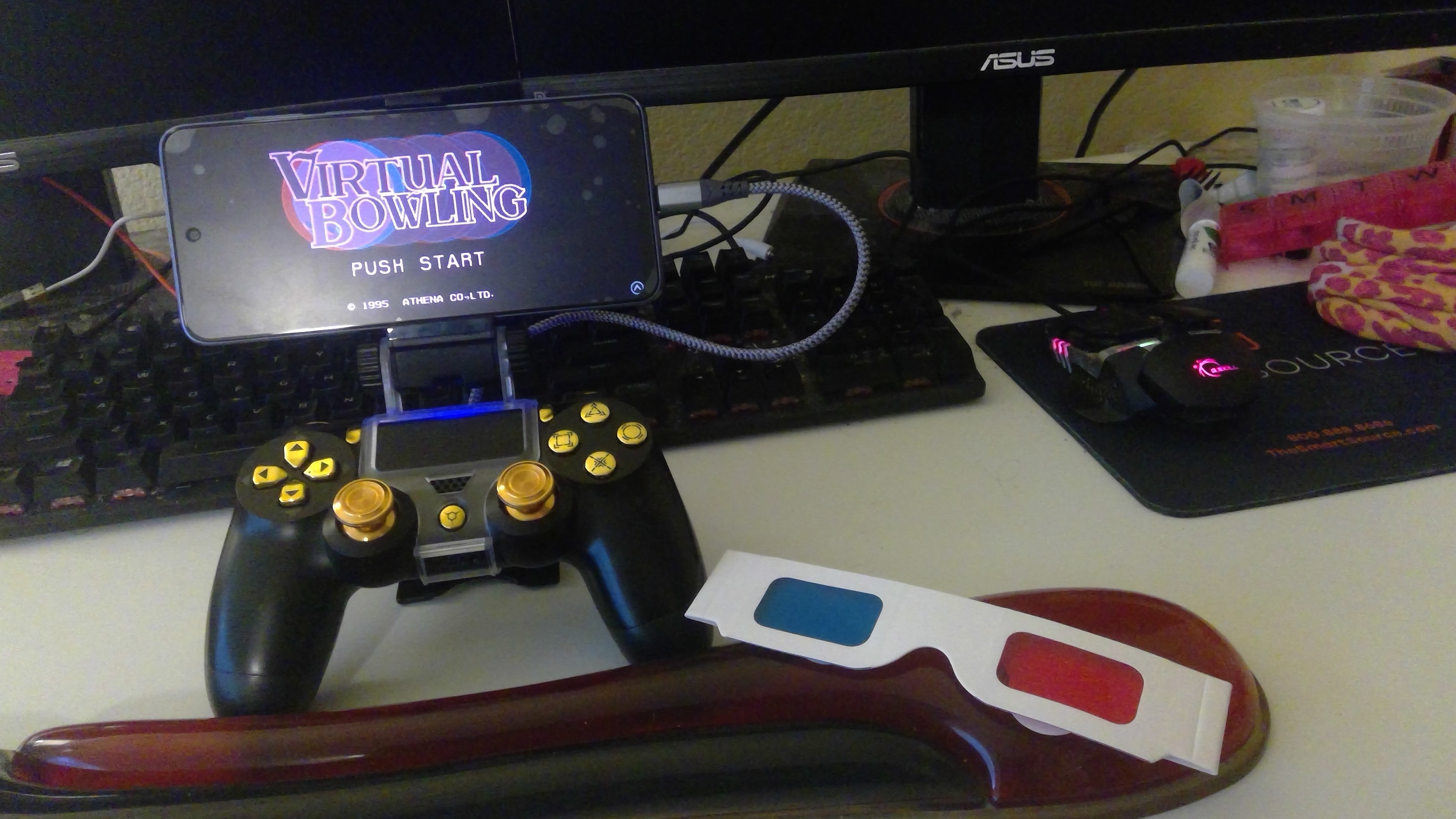
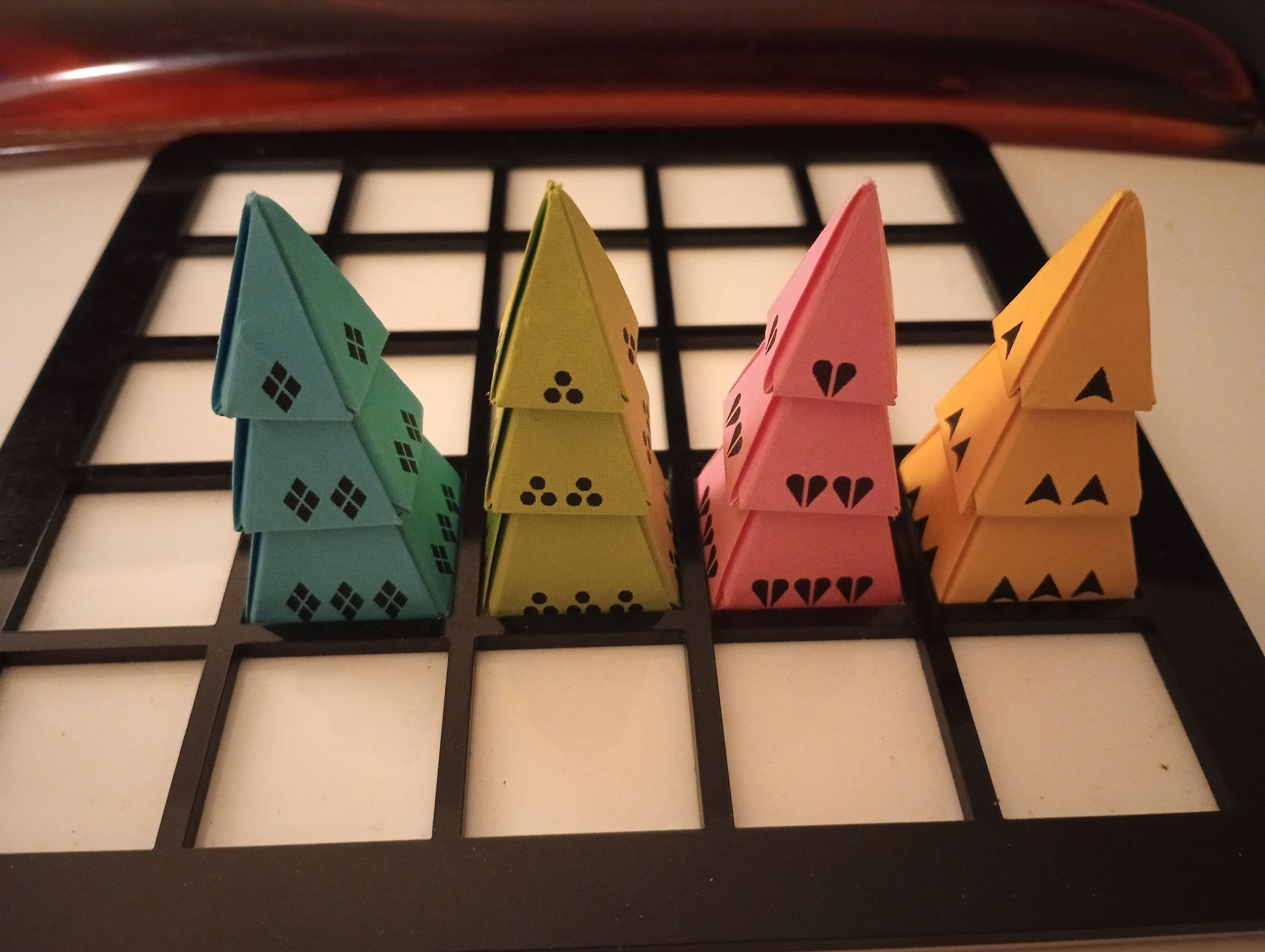

yep!